Description
Prunus virginiana
A small understory tree native to nearly the entire US and Canada. 15-25ft. tall with a tendency to sucker from the roots, forming small thickets if allowed. Shade tolerant but will grow larger and fruit better in full sun. Chokecherry is a fantastic wildlife tree with perks for humans: it erupts in cascades of tiny white cherry blossoms beloved by bees in June, followed by long clusters of small deep-red fruits in July-August. Robins know when the fruits reach perfect ripeness, and will camp in your tree all day to feast on them. Fruits are too astringent for fresh eating, but are great dried or preserved, and make an excellent wine with a lovely cherry aroma.
We harvested 5 pounds of chokecherries from our 10+-year-old tree even after the robins took their cut off the top!
NOTE: Like all Prunus species, chokecherry leaves can be poisonous to herbivores, so best to keep this well out of reach of any grazing animals.
Food uses
Fruits ripen to a deep red in July or August. They are small, with a pit just like other Prunus species. If eaten fresh, they’ll suck the moisture right out of your mouth – but adding sugar removes this, so they lend themselves very well to home winemaking or jam.
Chokecherry, like many thicket-forming, fruiting native plants, has been a feature of human diets throughout the history of this continent, and is a key ingredient in pemmican. These plants have fallen from favor due to the introduction of improved, agricultural-scale orchard crops and are vanishing from our wild spaces at an alarming rate.
Wildlife uses
The blossoms are highly attractive to bees and pollinators of all kinds. The ripening of the fruits is a big event in the bird world, and the local robins, jays and catbirds will mark your yard on their map as the place to be every summer.
Landscape uses
Chokecherries are a pleasant-looking and easygoing small tree that requires little to no maintenance once established – a major benefit of choosing to grow native species! It does tend to sucker and form colonies over time, so if you’re short on space, try planting it as an understory tree. In our site, our chokecherry sits just to the south of a big maple tree in unimproved native soil, and arches south to catch the sun. It has two mature trunks and sends suckers out about 5 feet, which we harvest to propagate. These can be mowed to control growth.
Since this species is toxic to herbivores, it’s naturally resistant to deer, who know to avoid it. Again, best to keep it out of reach of grazing livestock.
If you have chickens, plant some in or near the chickenyard, and feed your domestic and wild birds at the same time!
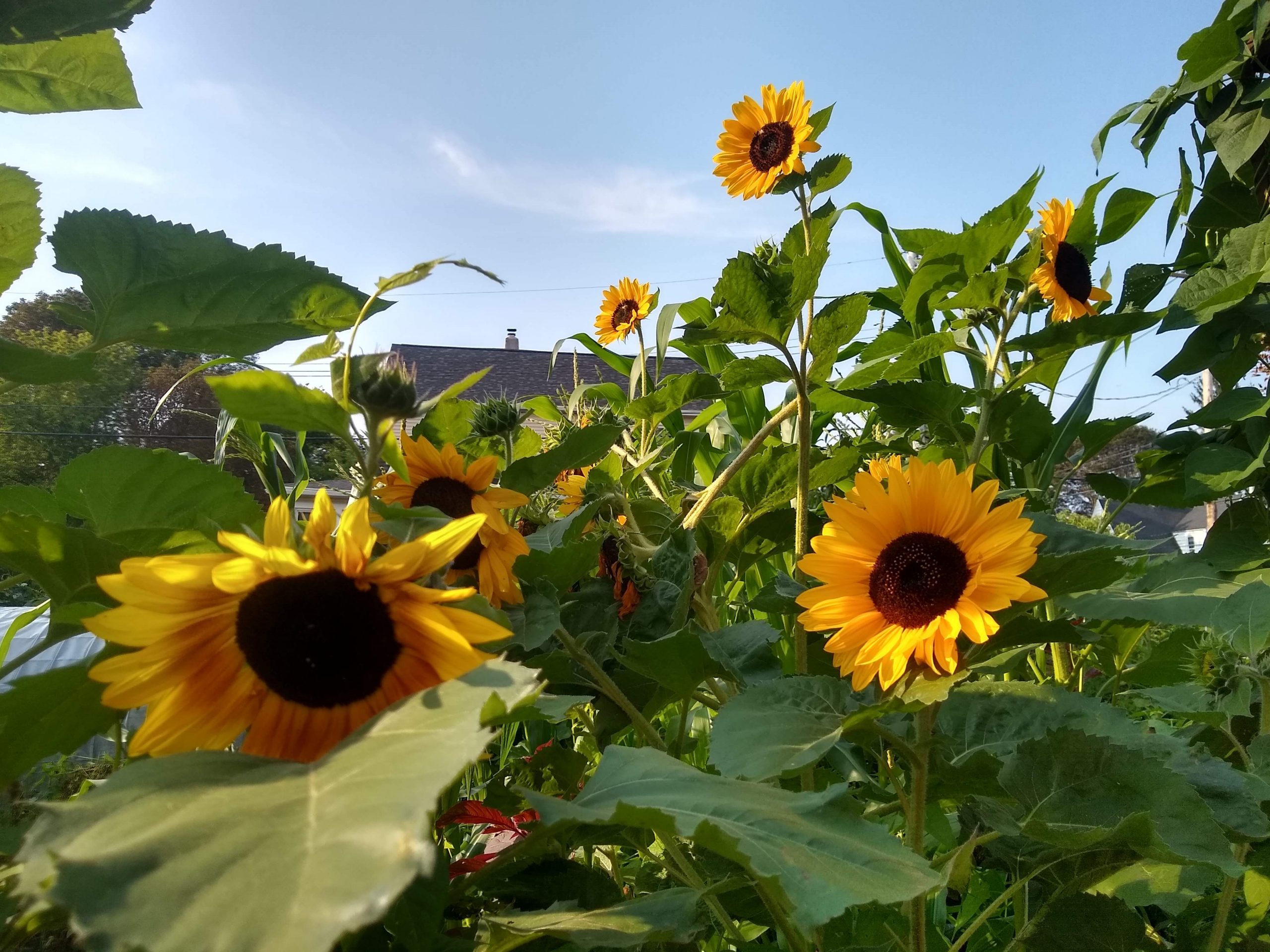

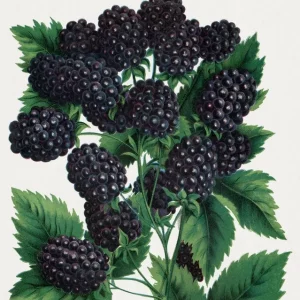
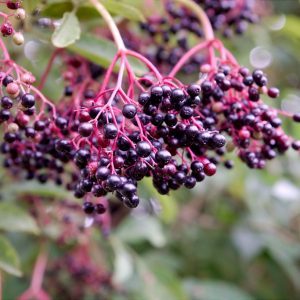
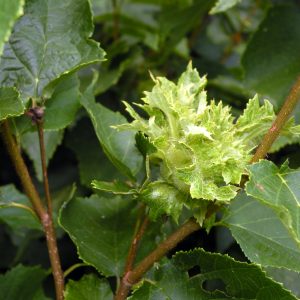
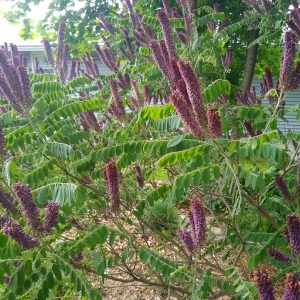
Reviews
There are no reviews yet.